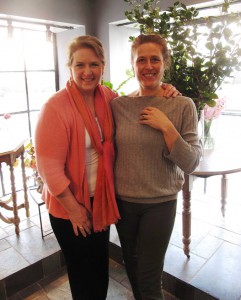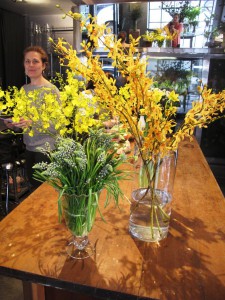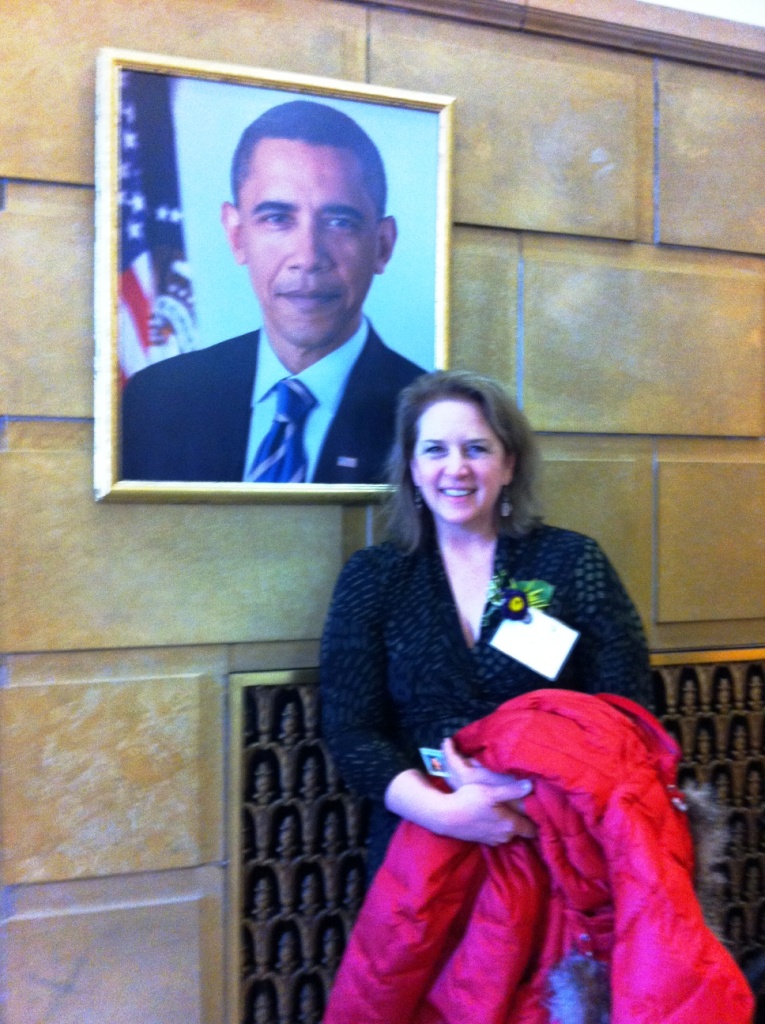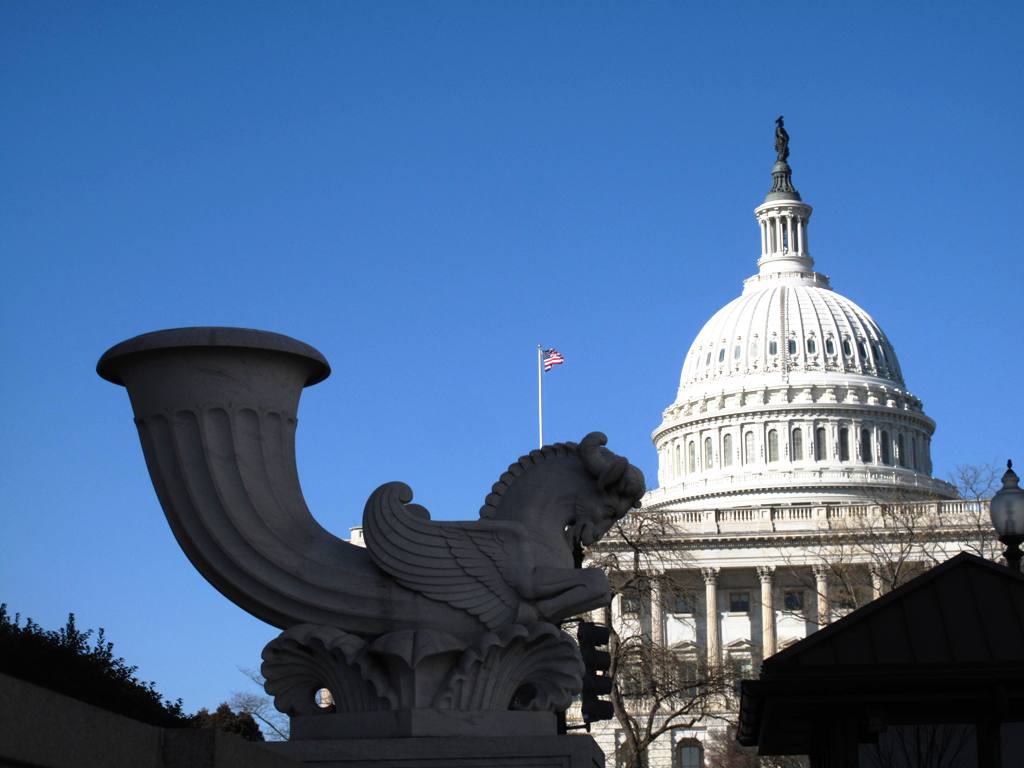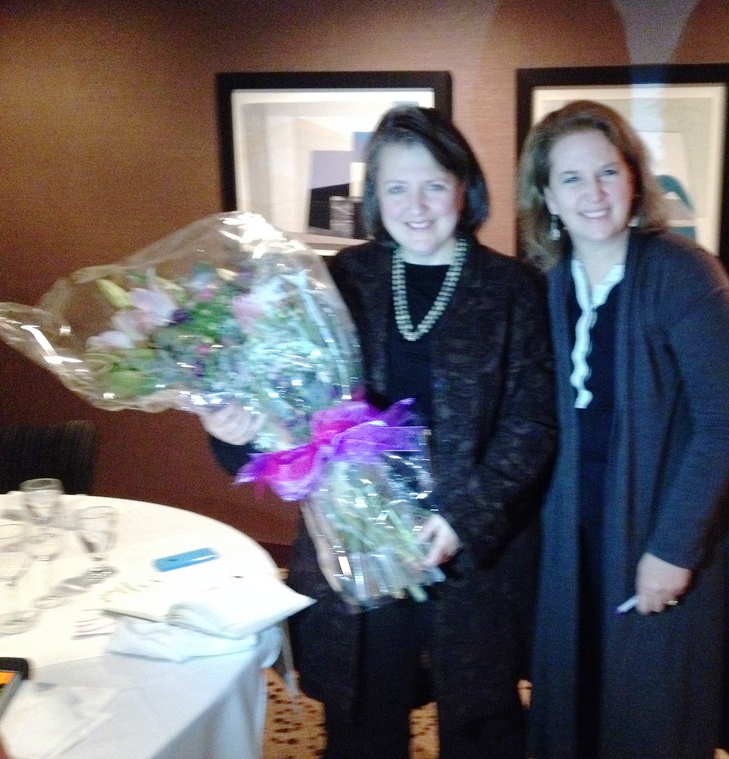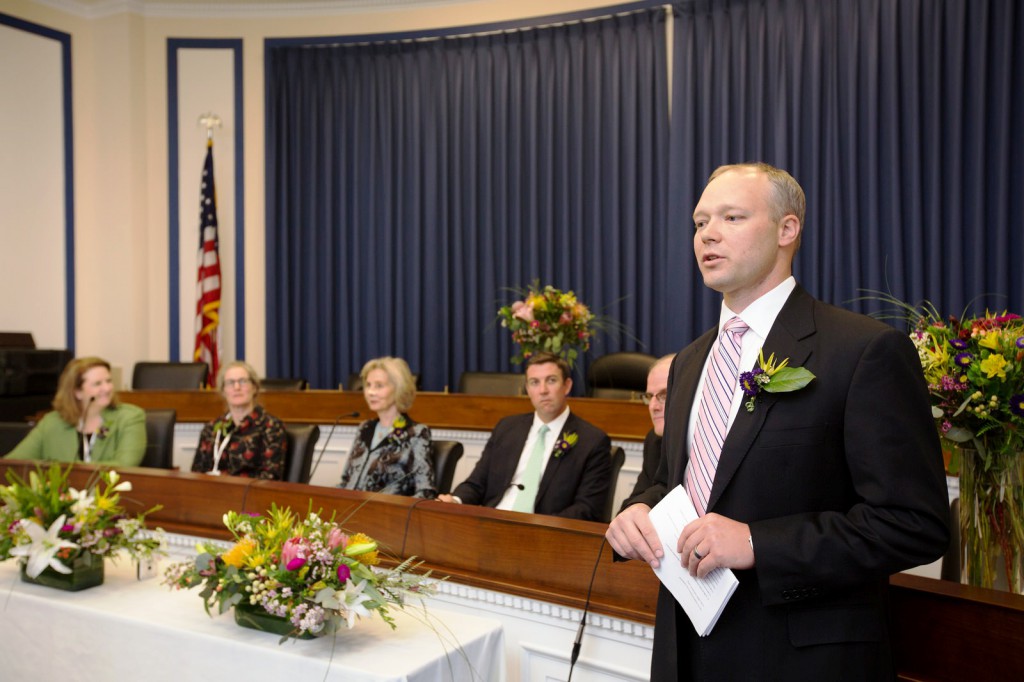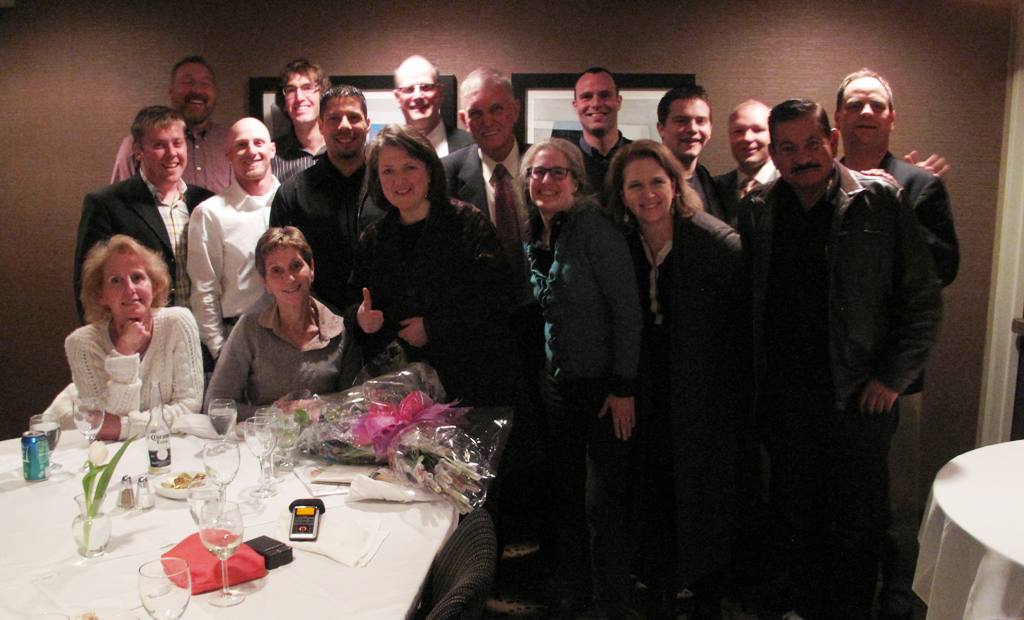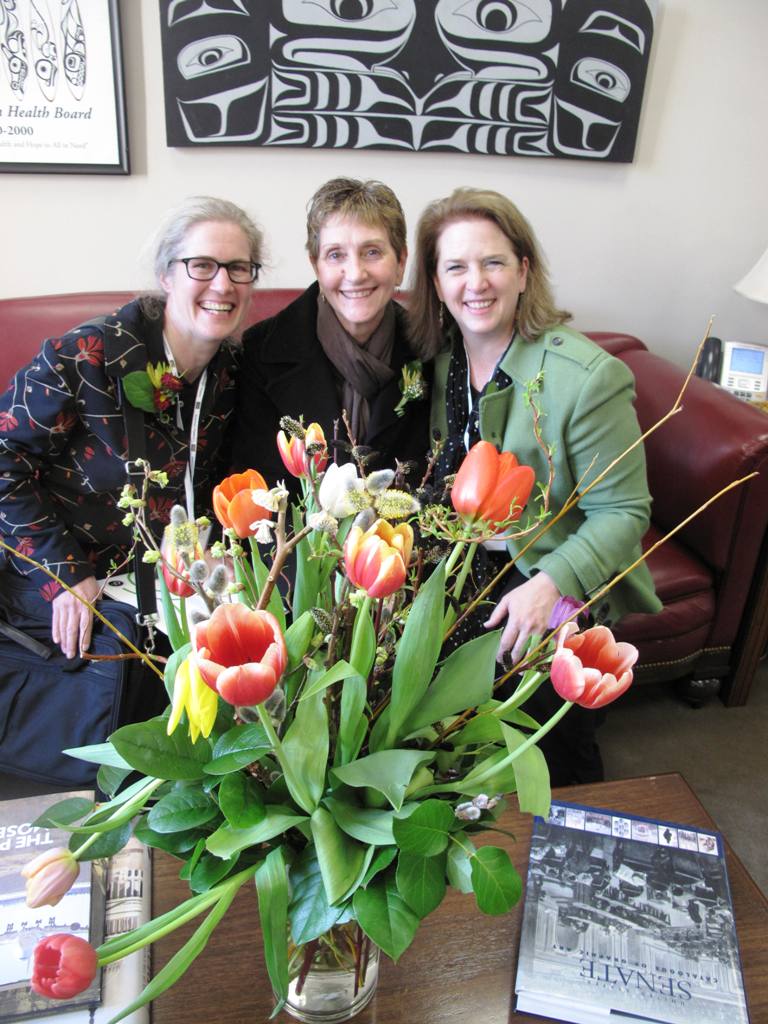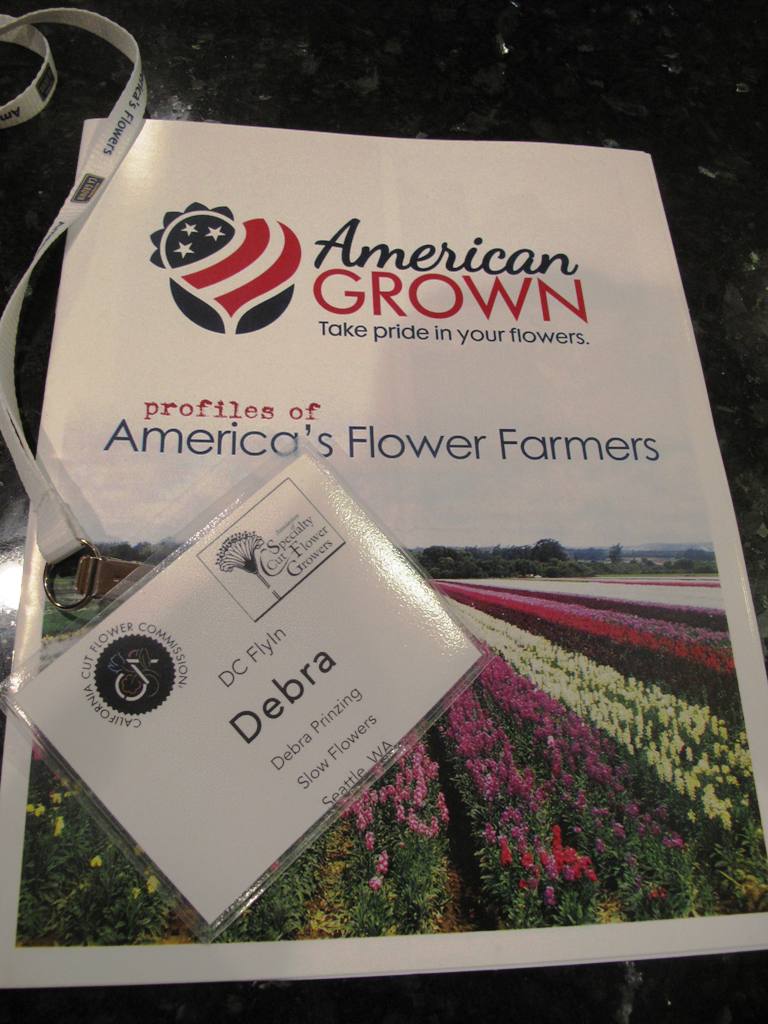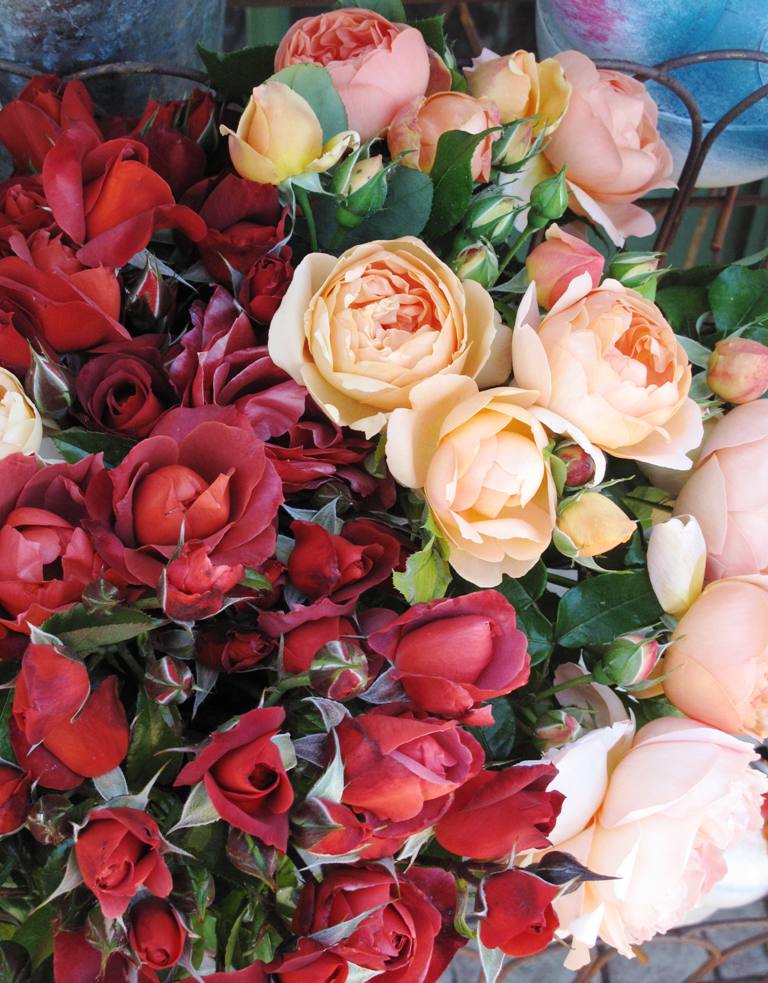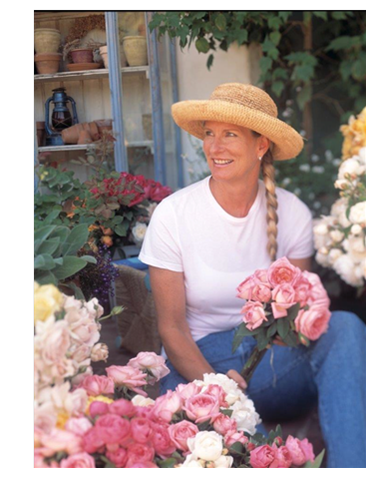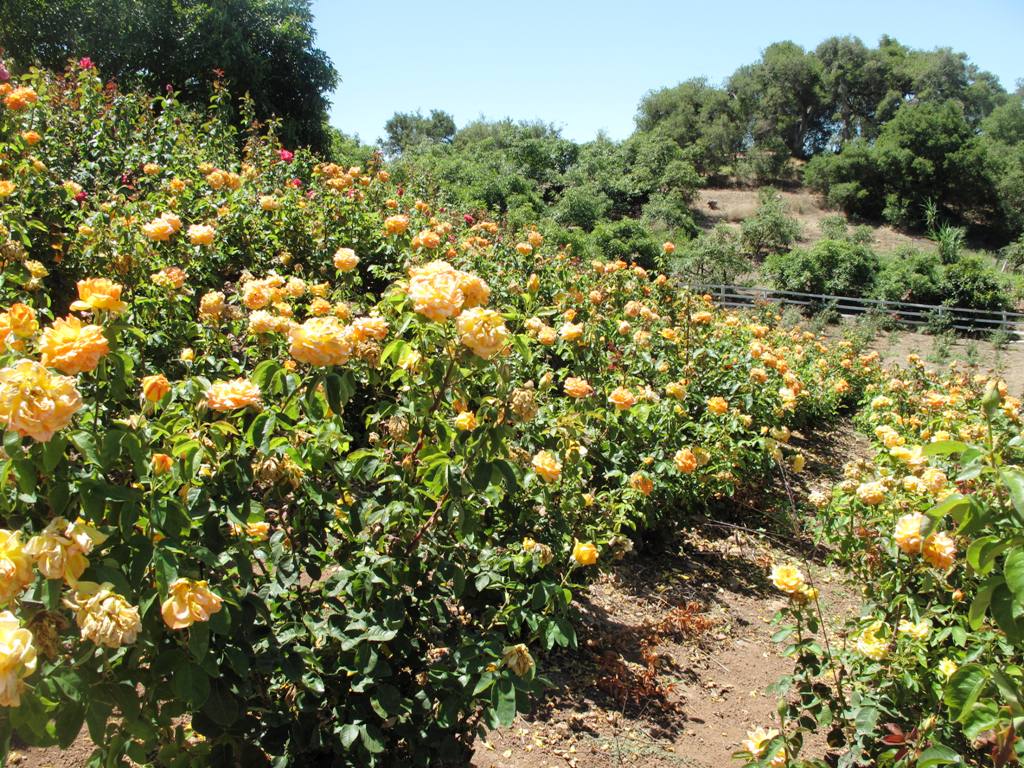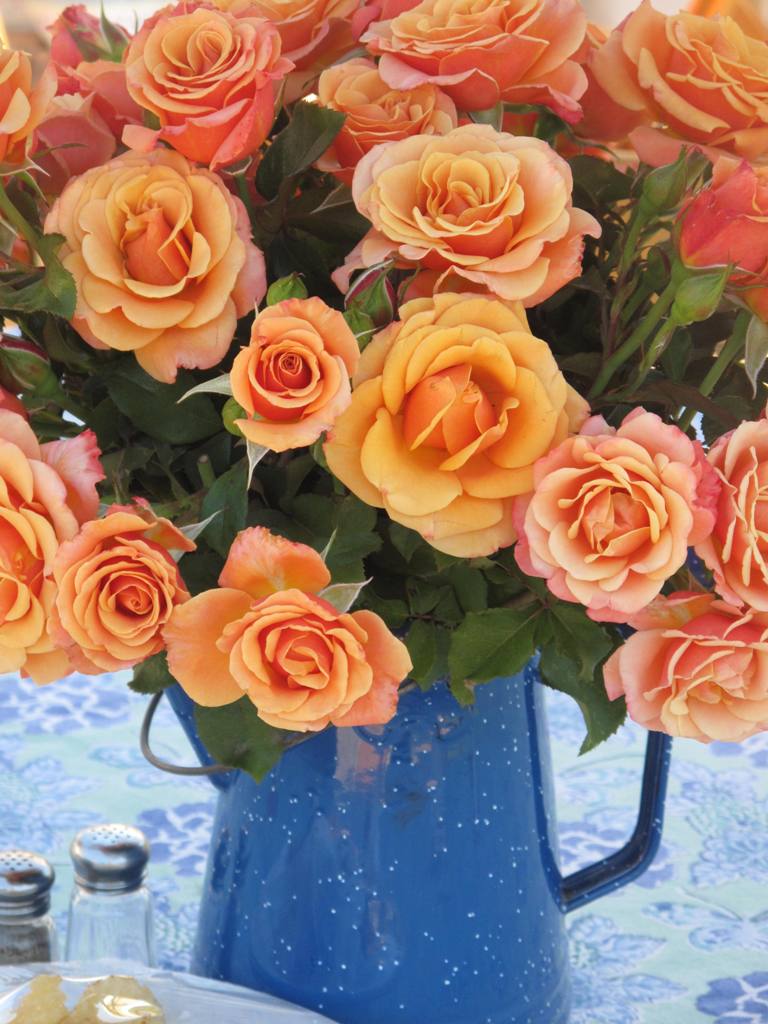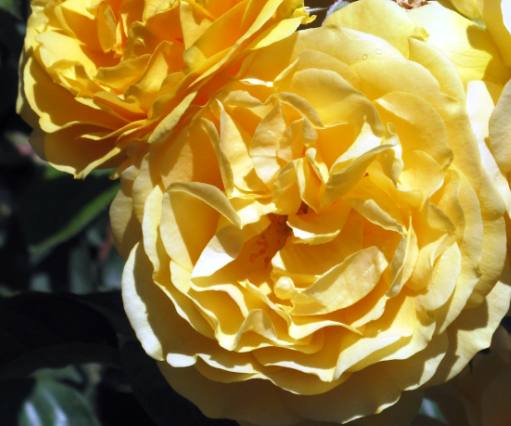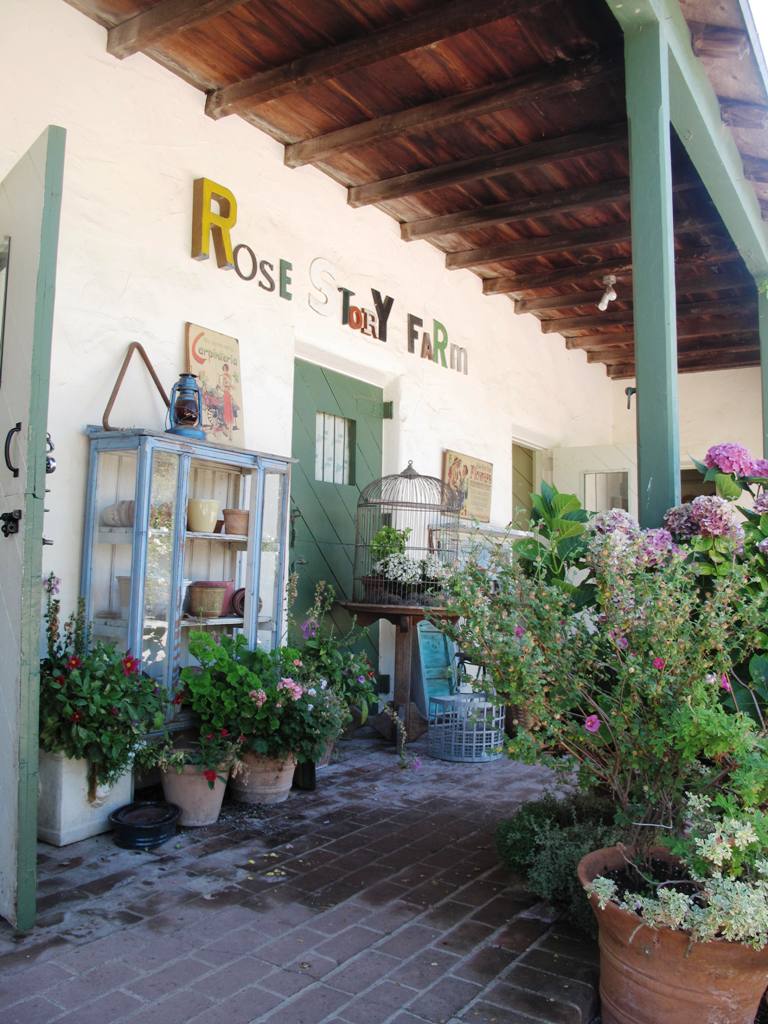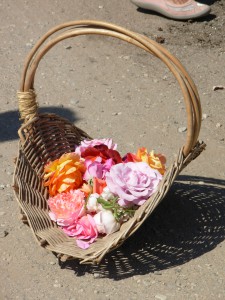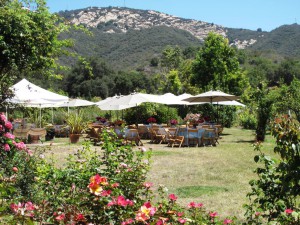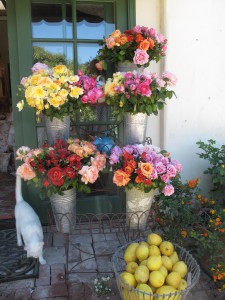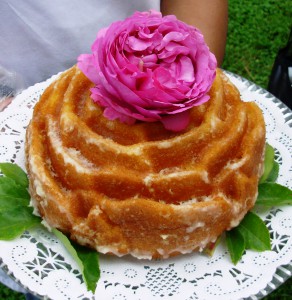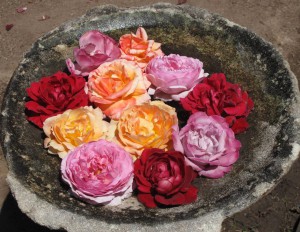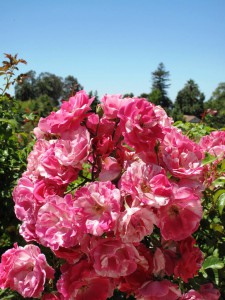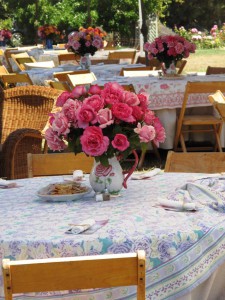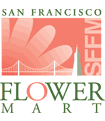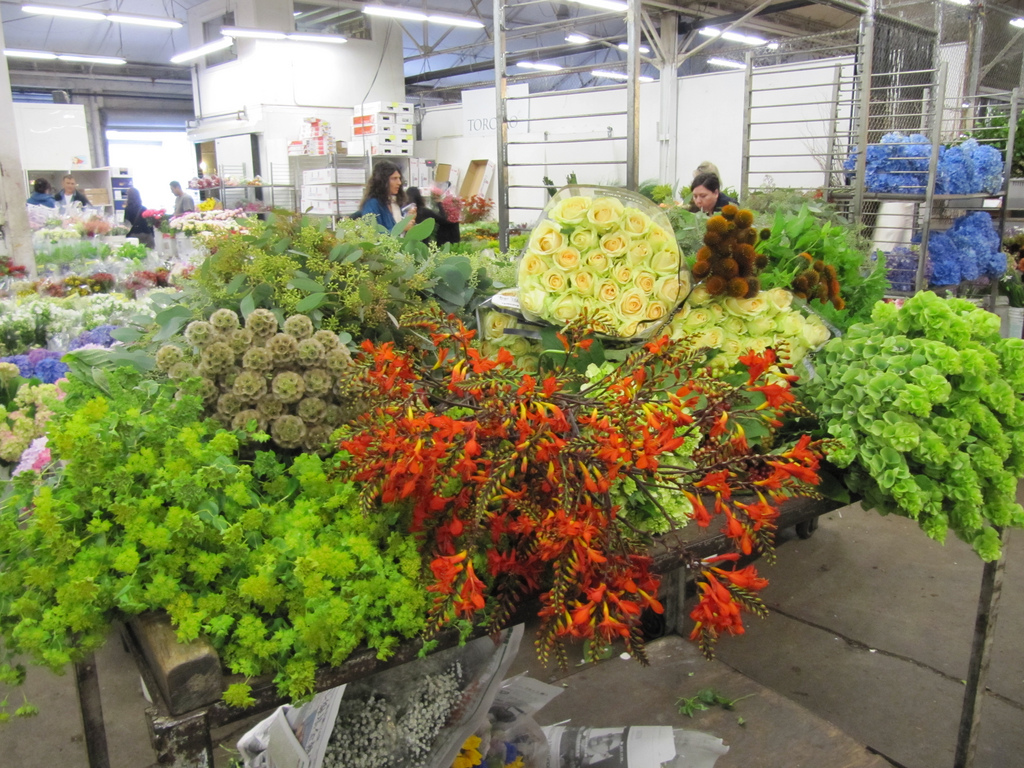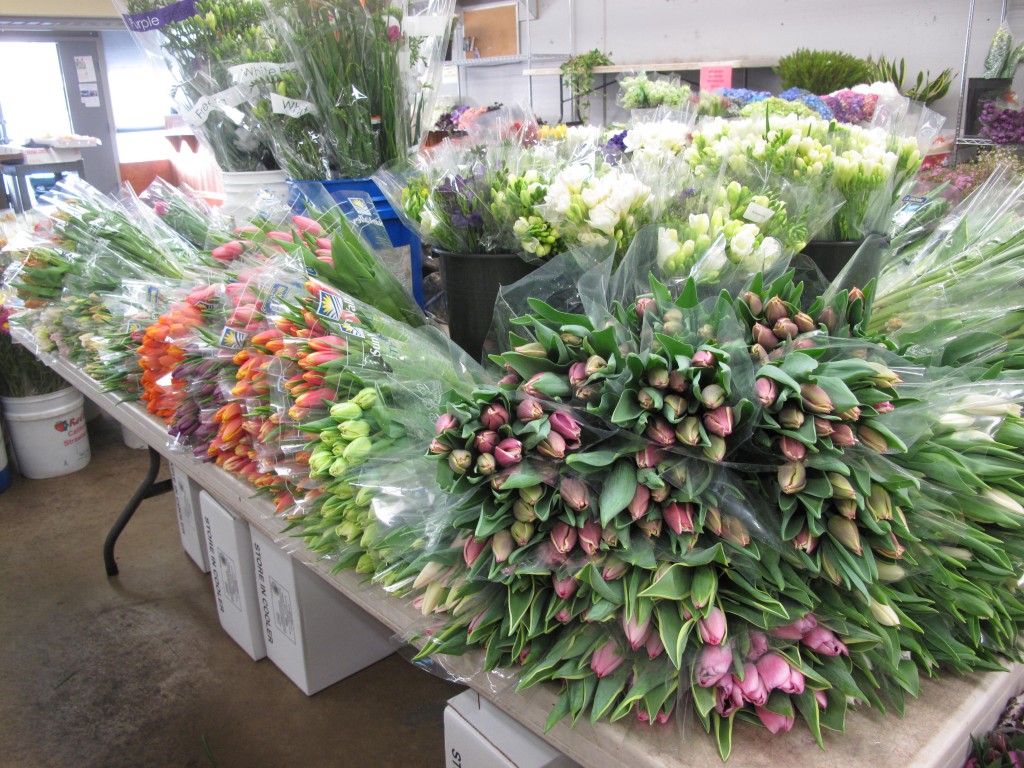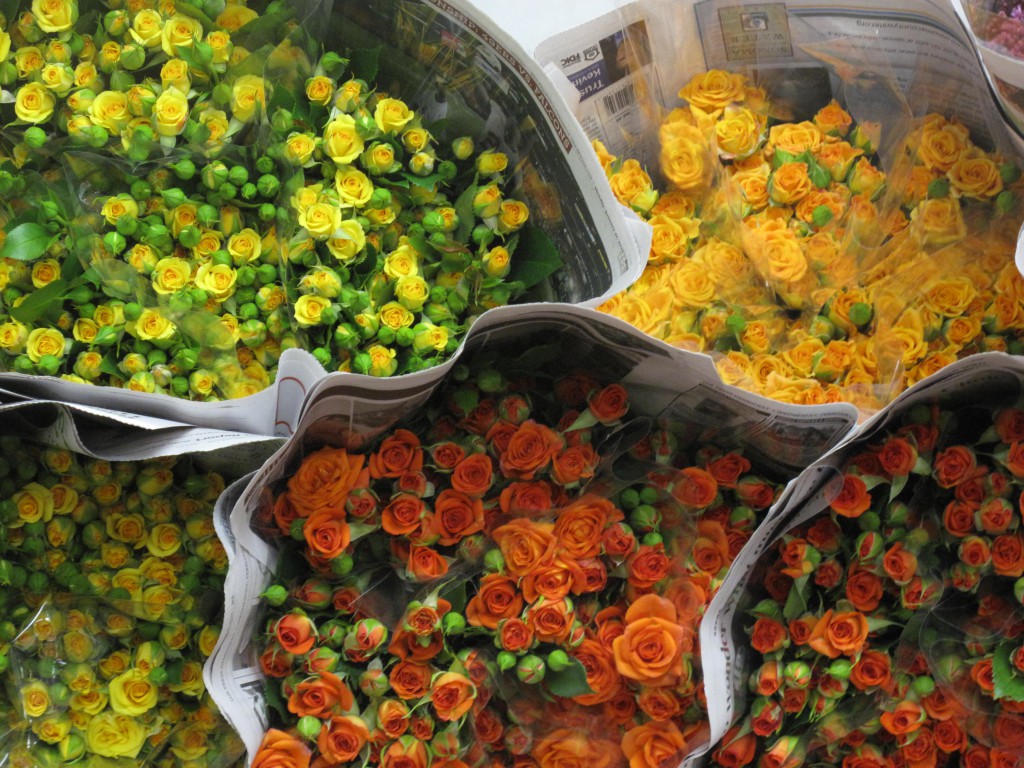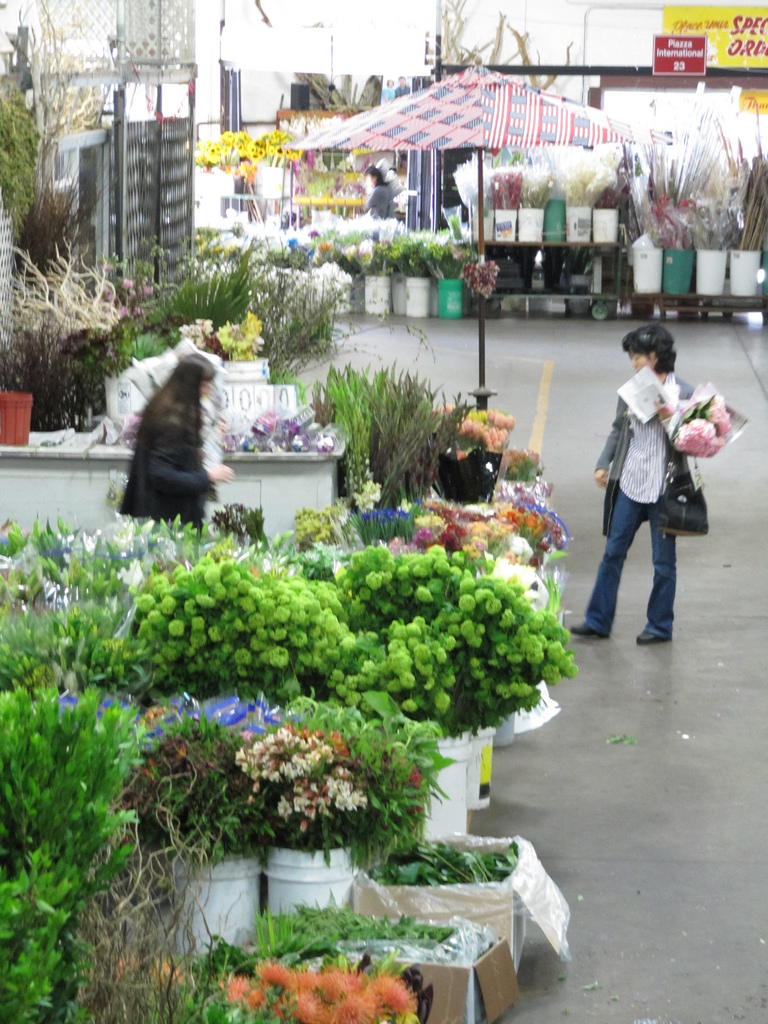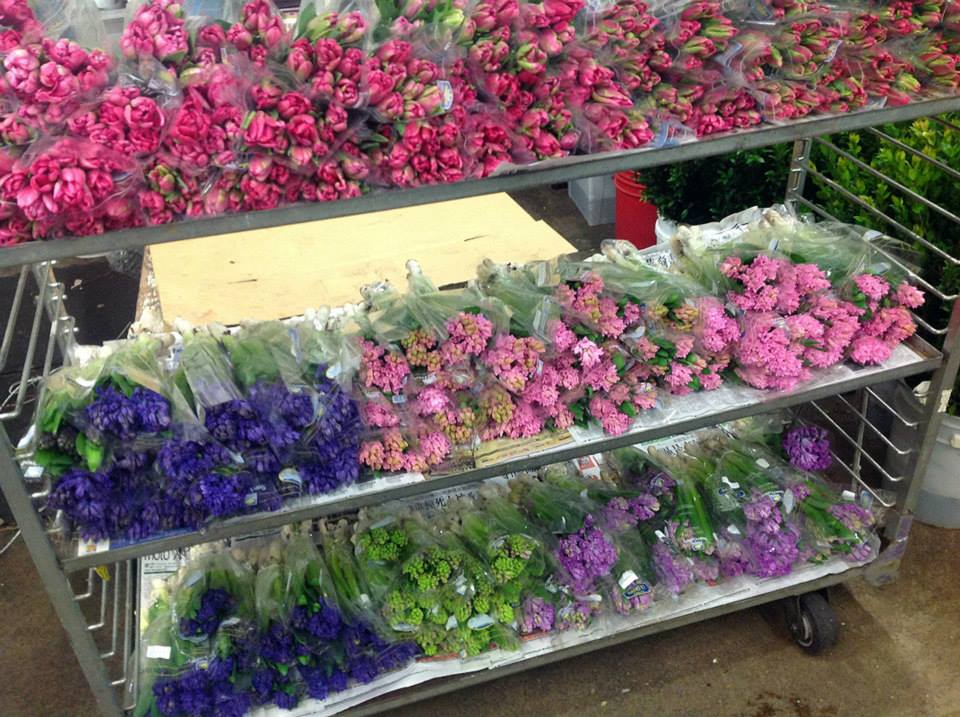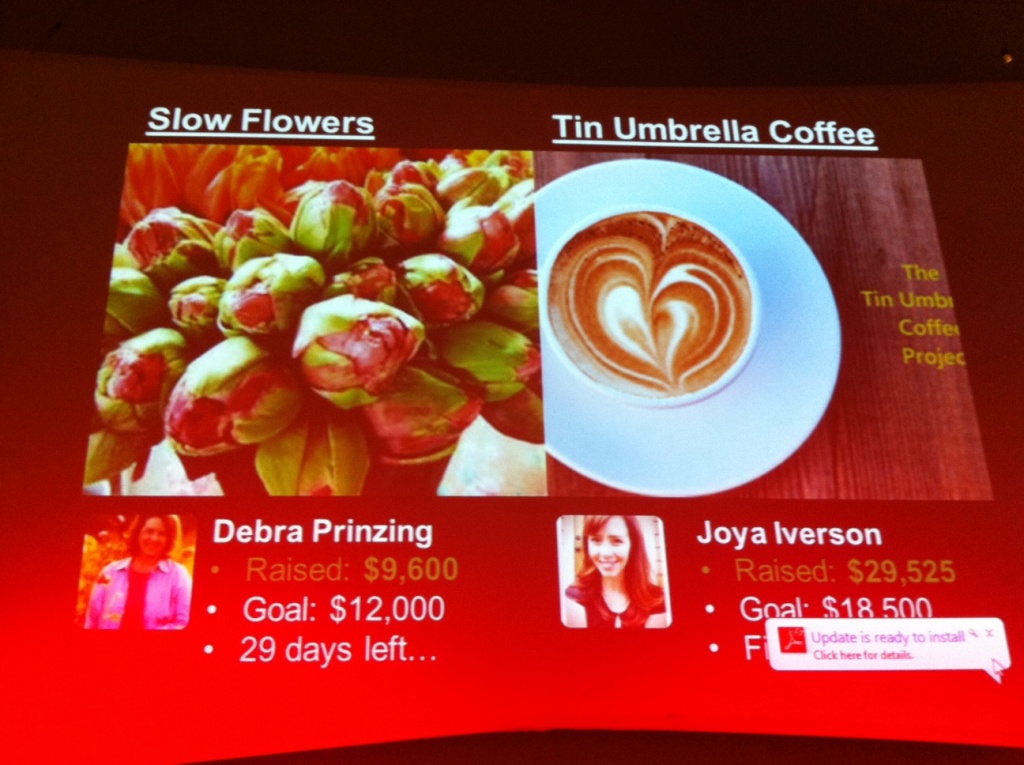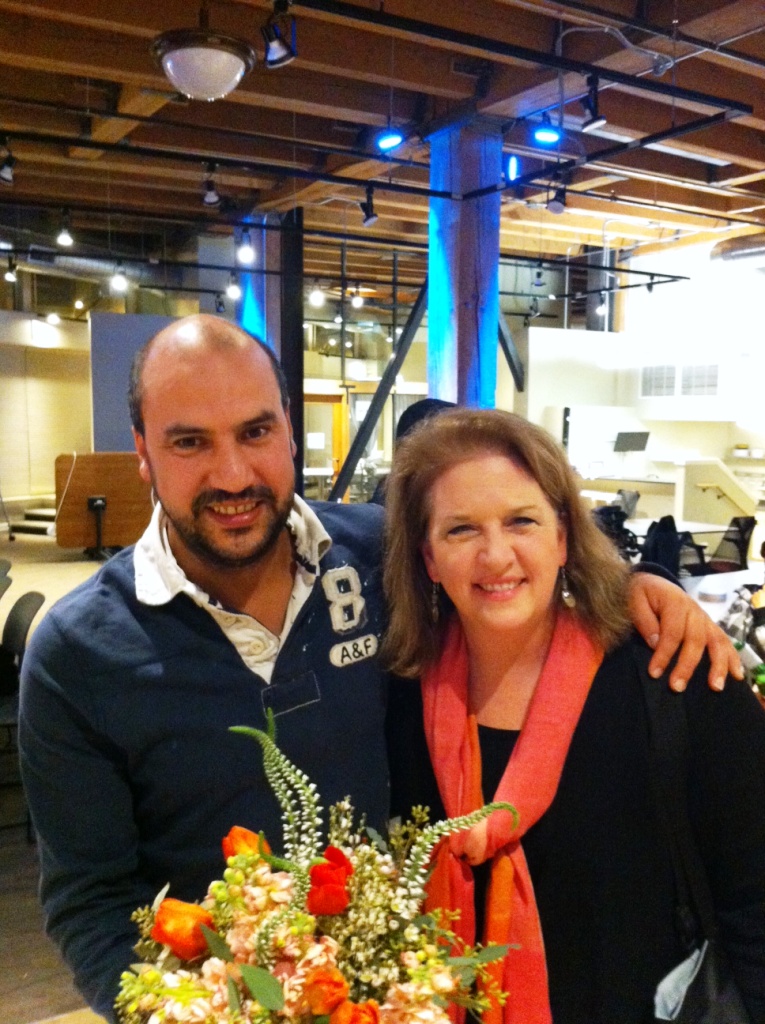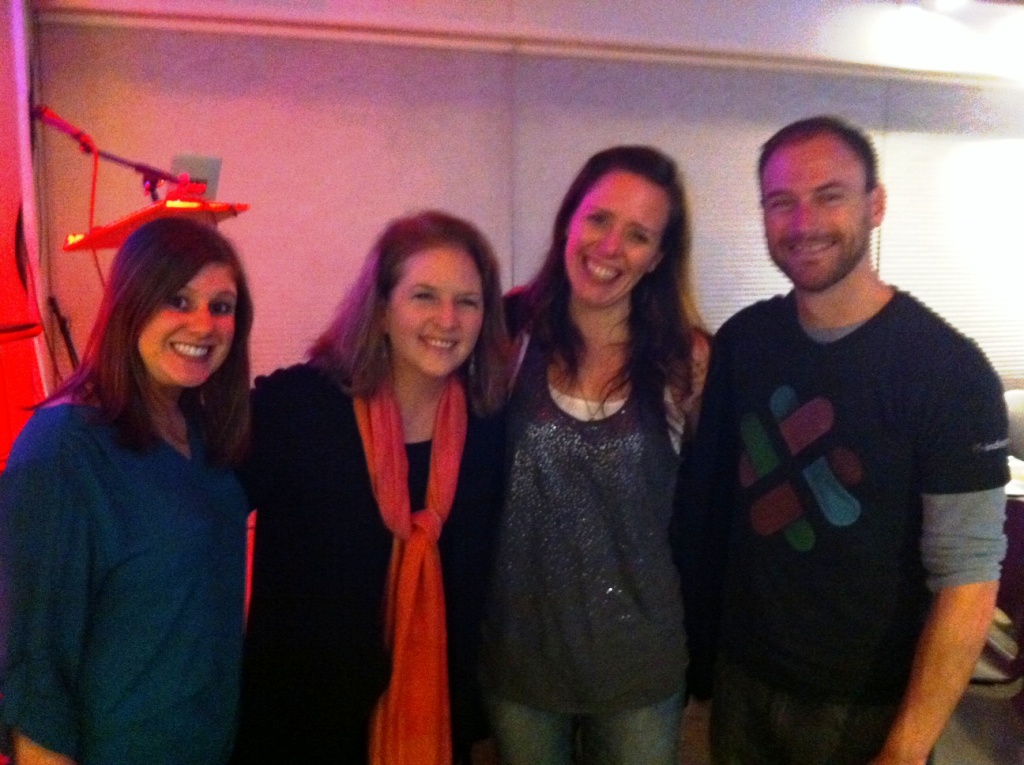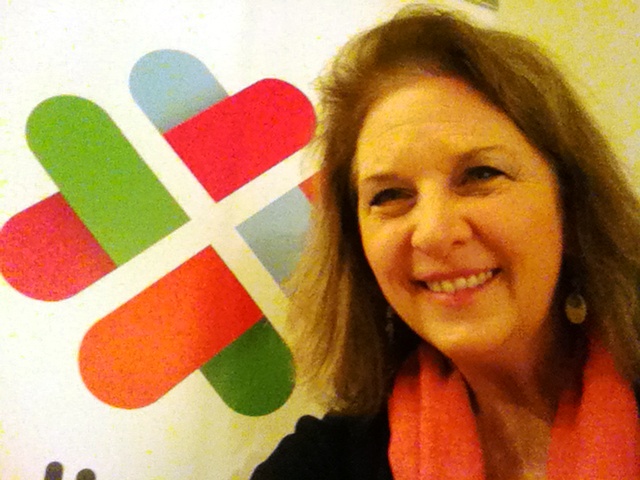Podcast: Play in new window | Download
Subscribe: Apple Podcasts | Podcast Index | | More
Welcome back to the Slow Flowers Podcast with Debra Prinzing.
To start off this week’s episode, I have a personal announcement to make. Last week, on February 19th, I concluded a 45-day funding campaign to generate financial contributions for my new Slowflowers.com project.
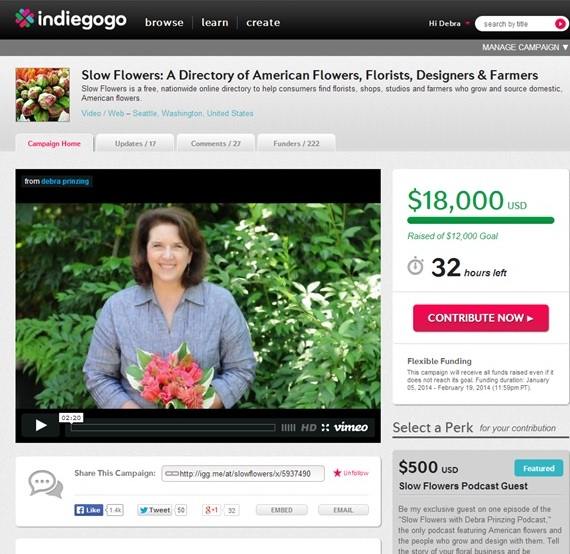
With just 32 hours left of the campaign, we’d already reached $18,000!
For listeners unfamiliar with it, Slowflowers.com will be a free online directory to florists, studios, designers and farmers who supply American-grown flowers to the consumer. Thanks to the fantastic crowd-sourcing site Indiegogo, which was the perfect environment to share my passion, more than 220 Slowflowers.com “believers” contributed $18,450 to fund the launch. I owe a special thanks to the California Cut Flower Commission (Premiere Sponsor), the San Franciso Flower Mart (Presenting Sponsor) and Mellano & Co. (Presenting Sponsor), for their major support!
In the next several weeks, we’ll be finishing up the necessary database and web development, populating the site with details about member florists, designers and farms, and planning the pre-Mother’s Day marketing & promotions launch. Stay tuned for more details!
An interviewer recently asked me: “What do you hope to accomplish with this site?”
My answer? “That every time someone wants to give or send or purchase flowers, they stop and ask: Can I buy American Grown? And the Slowflowers.com site will help them navigate that search.”
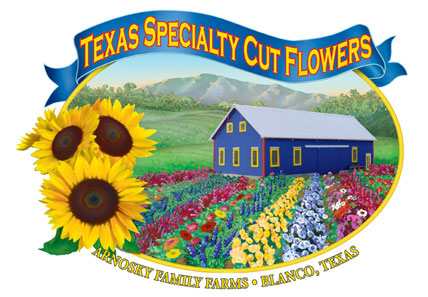
The Arnoskys have always labeled their flowers to promote their Texas origins.
Now, let’s talk about Texas. I have three guests today and you’ll love their larger-than-life personalities.
First, please meet Frank and Pamela Arnosky of Texas Specialty Cut Flowers.
Frank is the new board president of the Association of Specialty Cut Flower Growers, but these two are longtime leaders in the organization. Both Pamela and Frank have served in ASCFG board positions in the past.
I first learned about them in Lynn Byczynski’s wonderul reference book The Flower Farmer, originally published in 1997 and reissued with new bonus content in 2008. Lynn profiled the Arnosky family’s beginnings as growers of bedding plants and poinsettias in Blanco, Texas, before they added cut flowers in the early 1990s.
The flowers were intended for a farmers’ market that never materialized, so Pam and Frank filled their truck with blooms; drove it to Austin and started knocking on the doors of flower retailers. “People were falling all over when they saw the stuff,” Frank said in the interview with Lynn. “That took us by surprise; we really hadn’t known what to expect.”
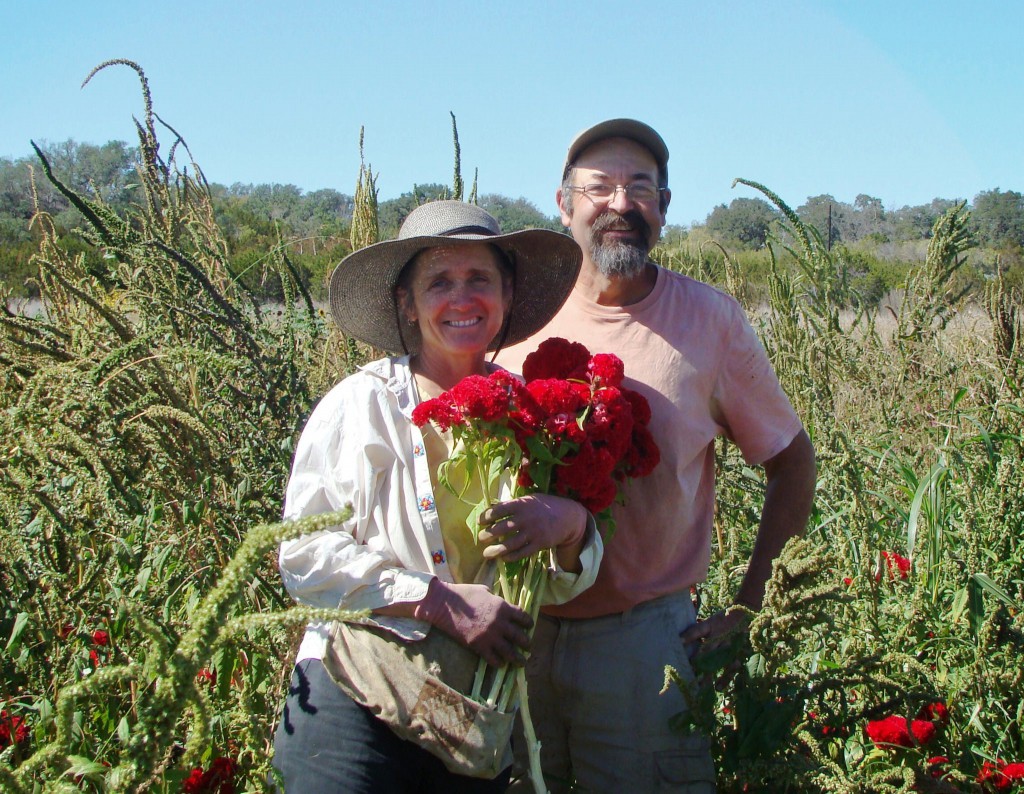
Pamela and Frank Arnosky of Texas Specialty Cut Flowers.
Here we are, nearly 25 years later, and the Arnoskys are still viewed by many in the specialty cut flower world as the model family farm. You will enjoy hearing from them both in our conversation today, which touches on how to manage so many acres with little or no additional labor – and how to plan for the future by diversifying.
Here is a link to their book, Local Color: Growing Specialty Cut Flowers. It’s a compilation of 10 years of their columns for Growing for Market, a periodical published by Lynn Byczynski.
Pam and Frank will be featured speakers at the upcoming Cut Flower Growers’ School, hosted by the Association of Specialty Cut Flower Growers in Ft. Worth, Texas, on March 3-4, 2014.
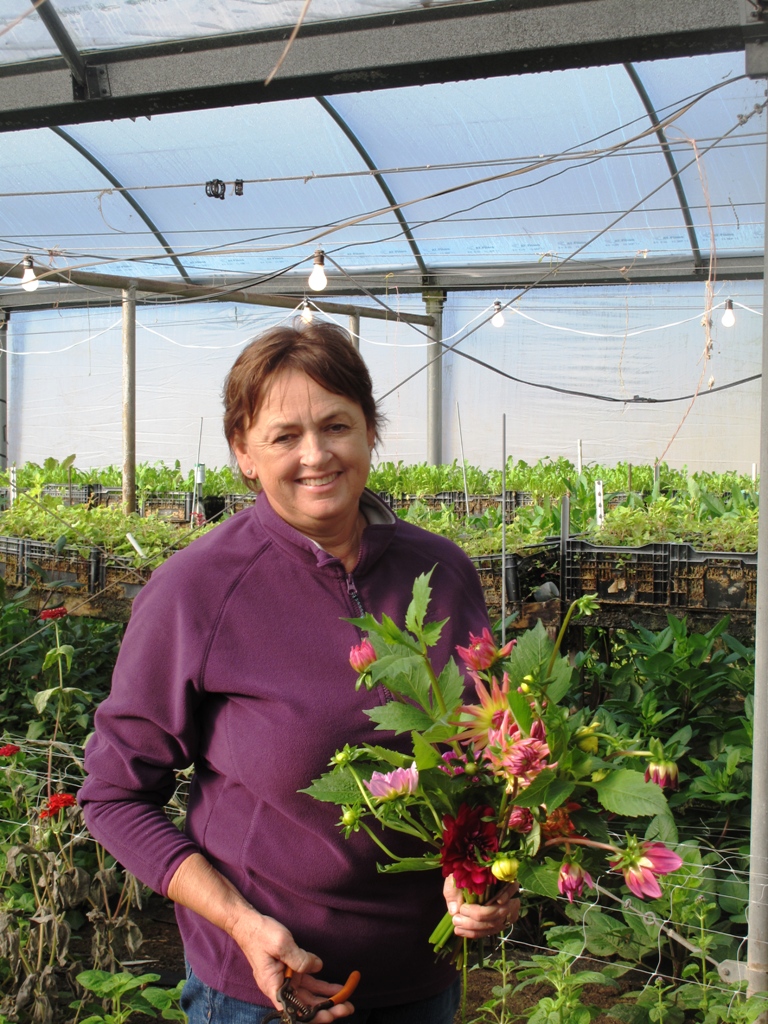
Rita Anders of Cuts of Color, in Weimar, Texas.
Rita Anders of Cuts of Color in Weimar, Texas, is another fabulous Texas flower farmer who will be presenting at the upcoming Growers’ School.
In January 2013, I visited Rita and spent a wonderful day at her farm – which is located halfway between Austin and Houston. Later, I wrote a story about that visit, which you can read here on Cuts of Color’s web site.
When I was in Austin, Rita joined me in the studio of Central Texas Gardener, a wonderful, long-running show on KLRU, the Austin PBS station.
Producer Linda Lehmusvirta and host Tom Spencer couldn’t have been more welcoming – and our TV segment on locally grown flowers appeared last summer, after the filming crew visited and shot footage at Cuts of Color’s fields and greenhouses.
Rita is the regional VP for ASCFG and is planning next week’s Growers’ School along with cohorts Cynthia Alexander of The Quarry Flower Farm (Frisco, Texas) and Paula Rice of BeeHaven Farm (Bonners Ferry, Idaho).
After I chatted with Frank and Pam Arnosky, I tracked down Rita for more details about the Growers’ School, just in case I could entice any listeners to attend at the last minute. From our conversation, it sounds like walk-ins and last minute registrants are welcome. So consider participating!
In addition to the Arnoskys and Rita Anders, you can hear past Slow Flowers Podcast interviews with several other speakers, including Cynthia Alexander and Gretel and Steve Adams. Anyone who has yet to appear on this show is slated for a future episode — I promise!
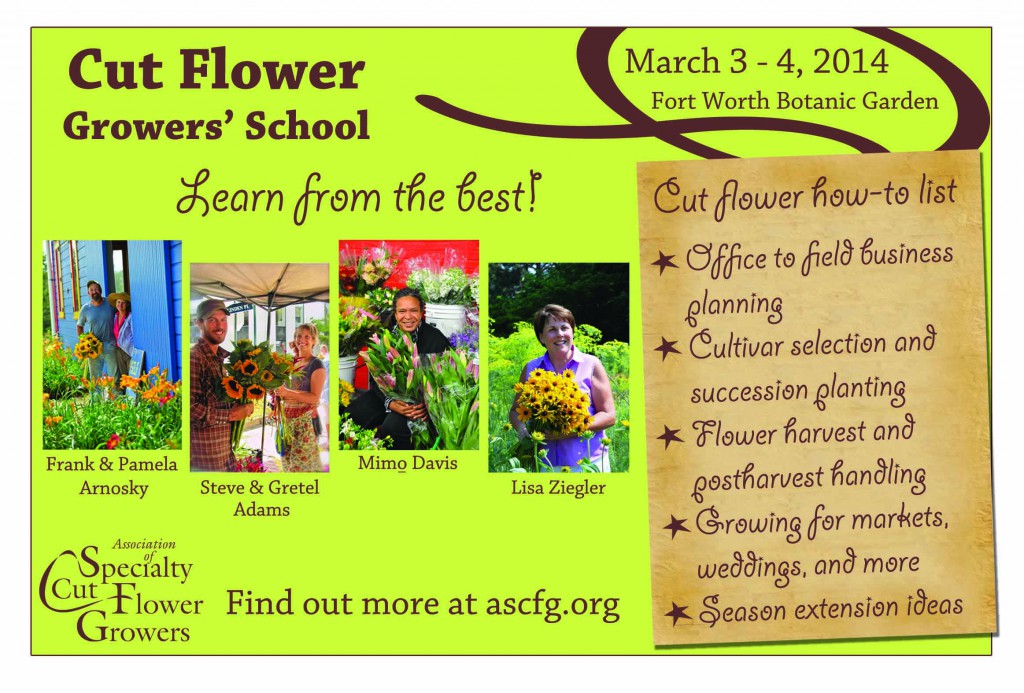 The Growers’ School promises to be a fantastic educational experience where flower farmers both new and established will hear from some very gifted folks. Here is the schedule and topics:
The Growers’ School promises to be a fantastic educational experience where flower farmers both new and established will hear from some very gifted folks. Here is the schedule and topics:
Monday, March 3
Marketing Session One
1:00 p.m.
Selling to Florists
Cynthia Alexander, Quarry Flower Farm, Celina, Texas
Cynthia will explain her process of preparing flowers for her florist route, and how to best develop relationships with, and sell to florists.
Floral demonstration: flowers bunched for florist delivery.
1:30 p.m.
Selling at Farmers’ Markets
Rita Anders, Cuts of Color, Weimar, Texas
Stand out at your farmers’ market! Increase sales with tips from a longtime grower.
Floral demonstration: farmers’ market wrapped bouquet.
2:00 p.m.
Selling to Supermarkets
Pamela Arnosky, Texas Specialty Cut Flowers, Blanco, Texas
Learn how to streamline your bouquet-making process while increasing productivity.
Floral demonstration: sleeved bouquets for supermarket sales.
2:30 p.m.
Workshop One
Create your own wrapped or sleeved bouquet for farmers’ market or grocery outlet.
Experienced grower/designers will provide personal assistance.
Marketing Session Two
3:00 p.m.
Increase Your Bottom Line with Top Wedding Sales
Rita Anders, Cuts of Color, Weimar, Texas
Rita will share her methods of contacting and engaging brides.
Floral demonstration: hand-tied wedding bouquet.
3:30 p.m.
Tapping into Wedding Sales
Gretel Adams, Sunny Meadows Flower Farm, Columbus, Ohio
Sunny Meadows’ wedding business has grown exponentially in the last few years.
How does this fit into the rest of their farm business?
Floral demonstration: hand-tied wedding bouquet.
4:00 p.m.
Workshop Two
Reassemble your original bouquet into a hand-tied bridal bouquet.
Experienced grower/designers will provide personal assistance.
4:30 p.m.
Closing
6:30 p.m.
Join the speakers and other attendees for dinner at Joe T. Garcia’s Mexican Restaurant, a Fort Worth tradition since 1935.
Not included in registration.
Tuesday, March 4
8:00 a.m.
Office to Field Business Planning and Record Keeping
Paula Rice, Beehaven Flower Farm, Bonners Ferry, Idaho
Plan for an organized and smooth growing year with useful record-keeping strategies. Learn to set up an efficient flower grower’s office using QuickBooks to create charts of accounts. Use Paula’s groundworks to plan seeding and field planting schedules, while keeping track of basic cost accounting.
9:00 a.m.
What to Grow and Why
Steve and Gretel Adams, Sunny Meadows Flower Farm, Columbus, Ohio
How do you choose which perennials to grow? Which annual varieties are the best producers? Steve and Gretel grow a wide variety of both, as well as woodies and bulbs, and will explain their selection process.
10:15 a.m.
Break
10:30 a.m.
Seeds or Plugs? Both?
Frank Arnosky, Texas Specialty Cut Flowers, Blanco
Frank will cover all factors of growing cut flowers, including variety selection, seed types, germination for plugs, and environmental controls. He’ll discuss tricks of the trade, as well as what to grow yourself and what to buy in as plugs.
11:30 a.m.
Lunch (included with registration)
12:30 a.m.
Making the Most of Every Square Foot on a Small Farm
Lisa Ziegler, Gardener’s Workshop Farm, Newport News, Virginia
Make the most of the high-demand season by providing your buyers a steady stream of flowers. Even better, learn how to get it all done by 5:00 by using the best practices and equipment.
1:30 p.m.
Harvest and Postharvest
Pamela Arnosky
Pamela will cover all the steps of handling cut flowers, beginning in the field and going through to the final customer. Topics will include harvest practices, preservatives and hydrators, coolers and storage, packing, shipping and extending vase life for the customer. She’ll show you the tools, sleeves, and equipment she uses, and provide sources for materials.
2:30 p.m.
Creating and Finding Markets for Your Flowers
Steve and Gretel Adams, Sunny Meadows Flower Farm, Columbus, Ohio
Are you crazy to offer wedding flowers? What’s the best way to approach local florists? Are flower subscriptions profitable? Learn from these dynamic growers what to do – and what not to do.
3:00 p.m.
Breaking into Business: Getting Florists and Supermarkets on Board
Lisa Ziegler, Gardener’s Workshop Farm, Newport News, Virginia
You may not be too small! Lisa gave up her farmers’ markets to turn her attention to florists and supermarkets. Learn how to build your business to get those dreamy orders and keep happy customers.
3:30 p.m.
Break
3:45 p.m.
Season Extension
Mimo Davis, Urban Buds, St. Louis, Missouri
Don’t limit your production to a “typical” growing season! Hoophouses, tunnels, and succession planting can stretch your cut flower offerings on both ends of the season.
4:30 p.m.
Closing
It has been my pleasure to share with you today’s podcast conversations.
Because of the support from you and others, listeners have downloaded episodes of the Slow Flowers Podcast more than 7,000 times! I thank you for taking the time to join to my conversations with flower farmers, florists and other notable floral experts.
If you like what you hear, please consider logging onto Itunes and posting a listener review.
Until next week please join me in putting more American grown flowers on the table, one vase at a time.
The Slow Flowers Podcast is engineered and edited by Hannah Holtgeerts. Learn more about her work at hhcreates.net.
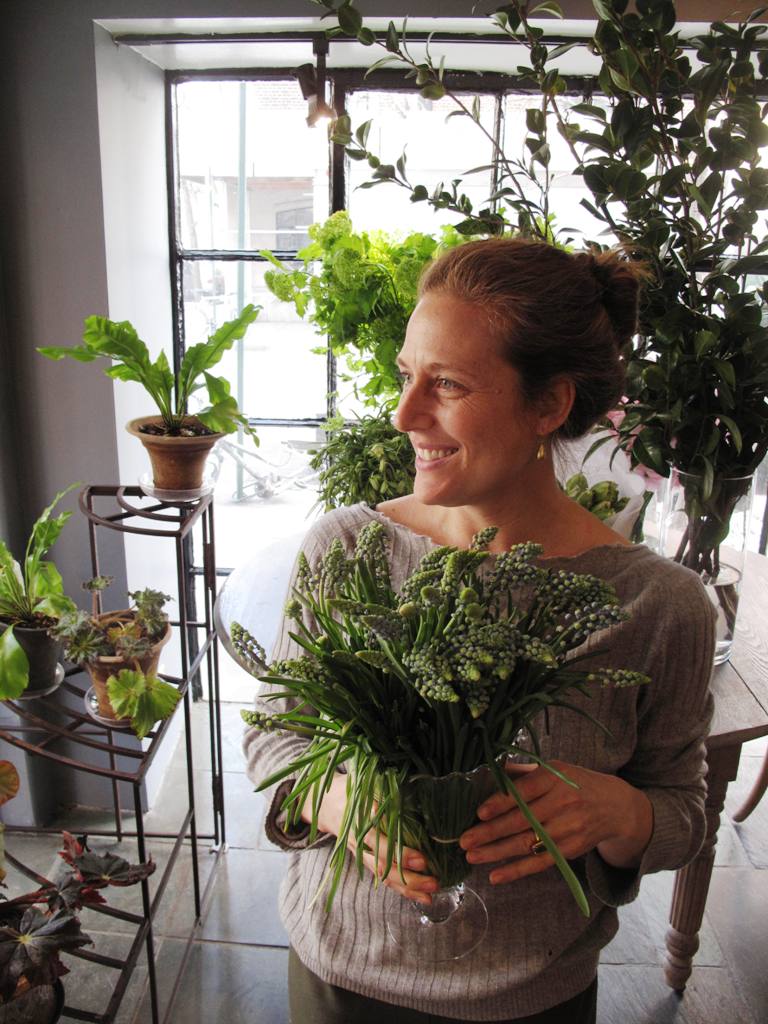
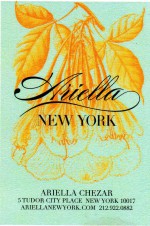 Today’s guest is a floral rock star – someone whose work has appeared in every hot style magazine around – from Martha Stewart Weddings and Modern Bride to O Magazine and Town & Country and countless others.
Today’s guest is a floral rock star – someone whose work has appeared in every hot style magazine around – from Martha Stewart Weddings and Modern Bride to O Magazine and Town & Country and countless others.